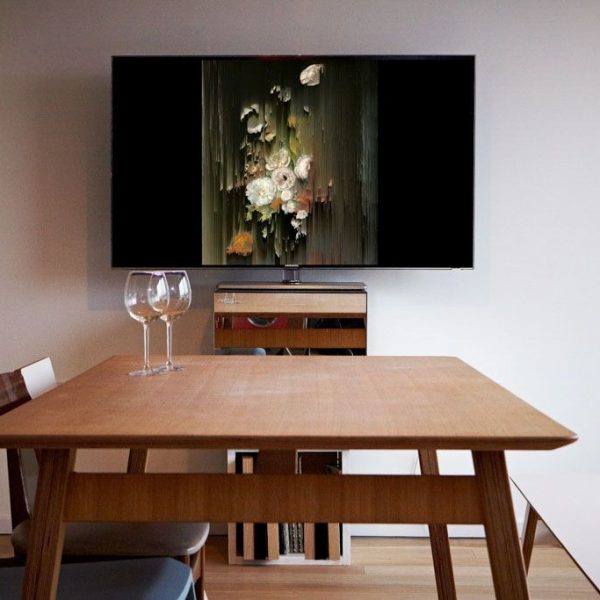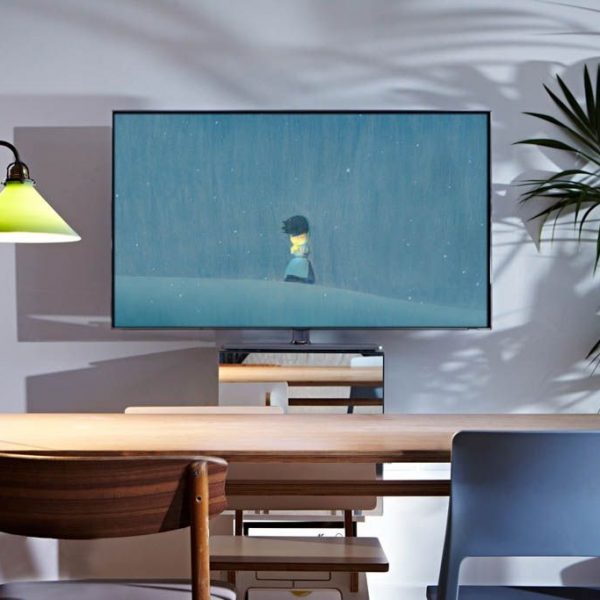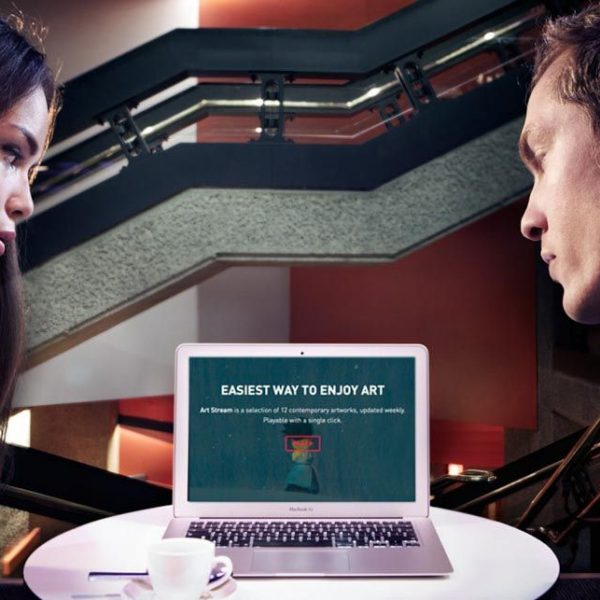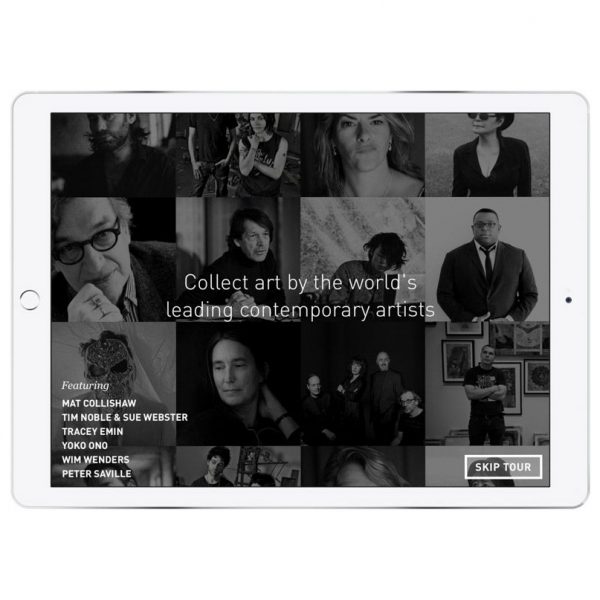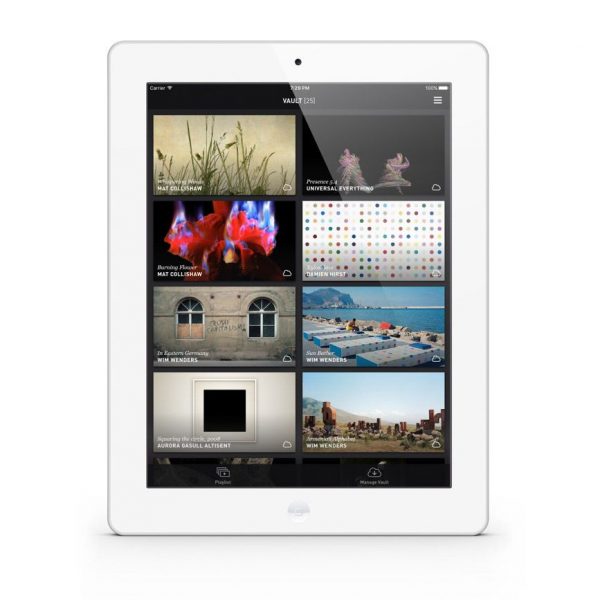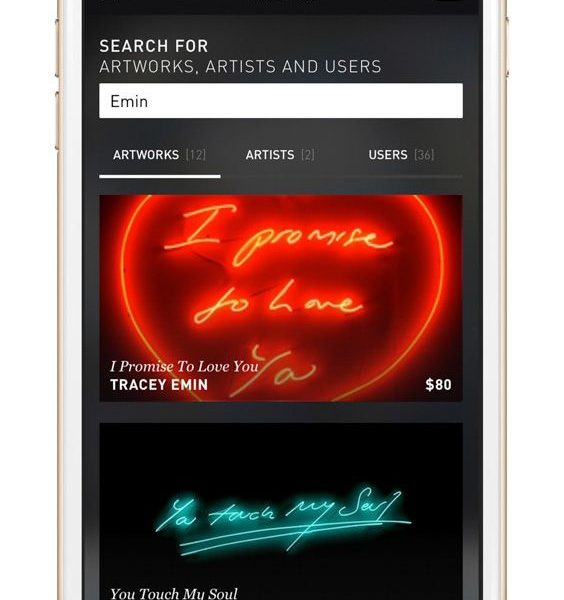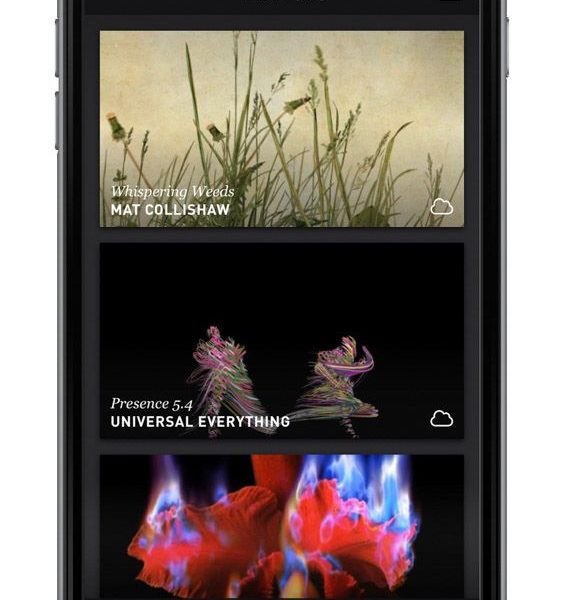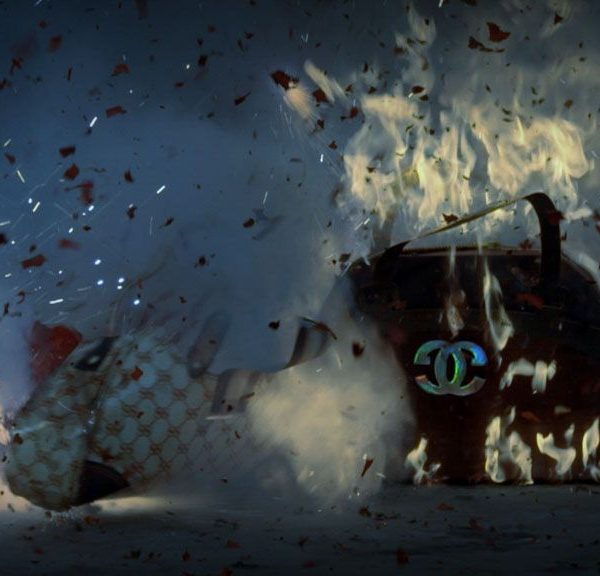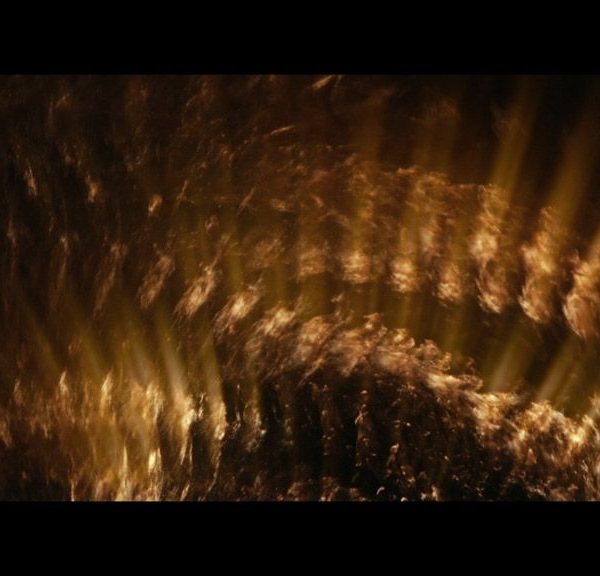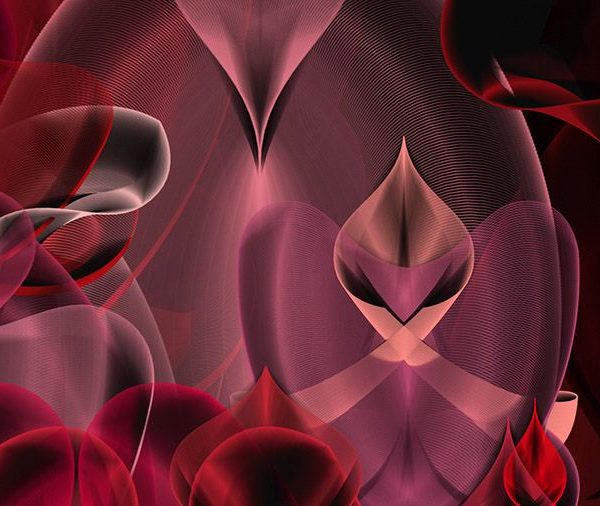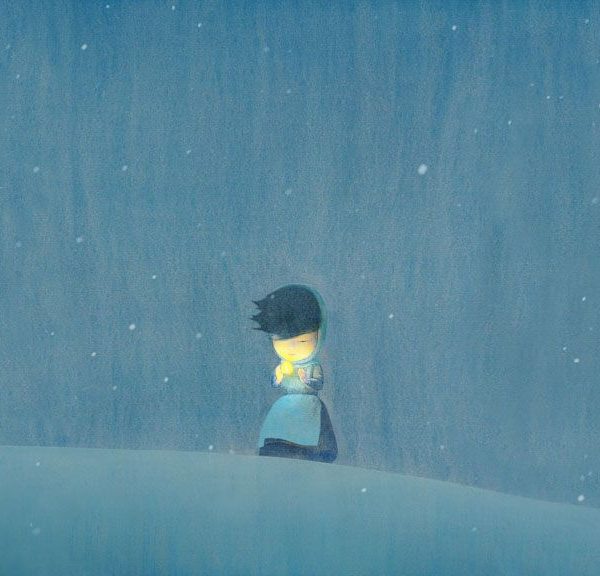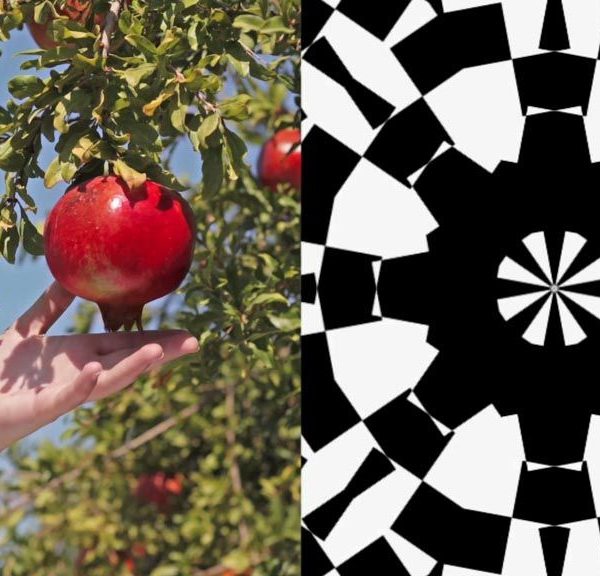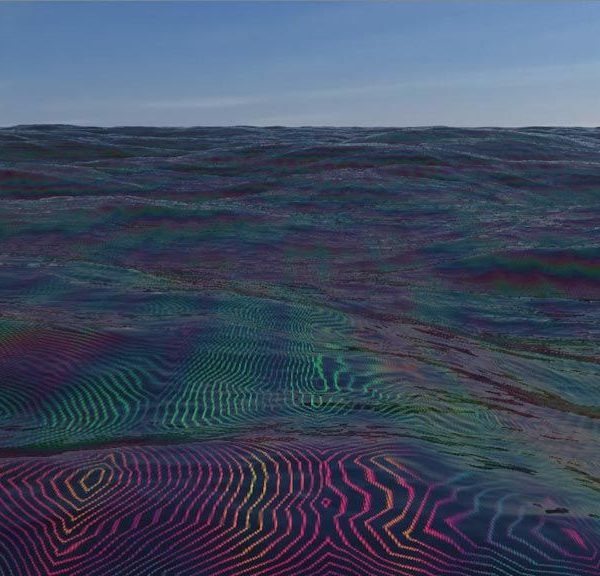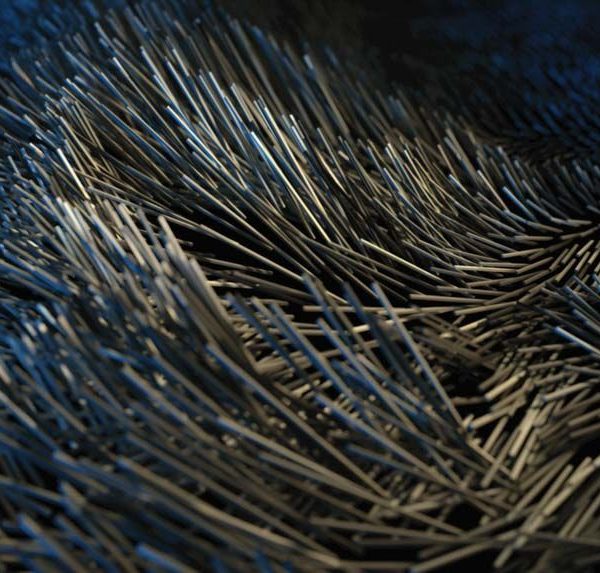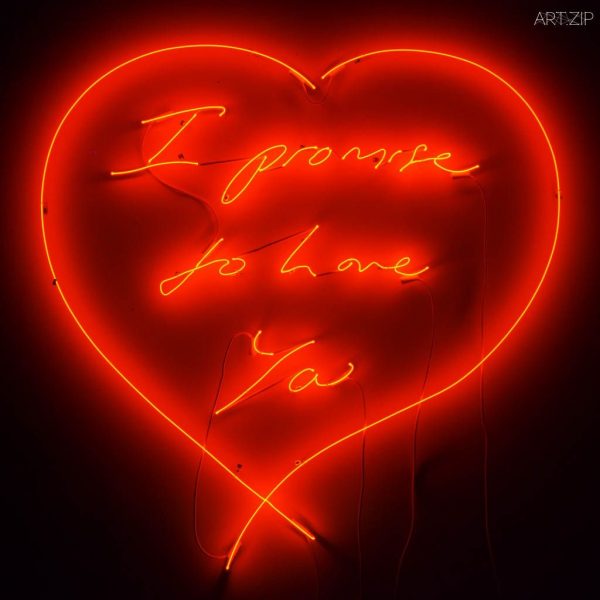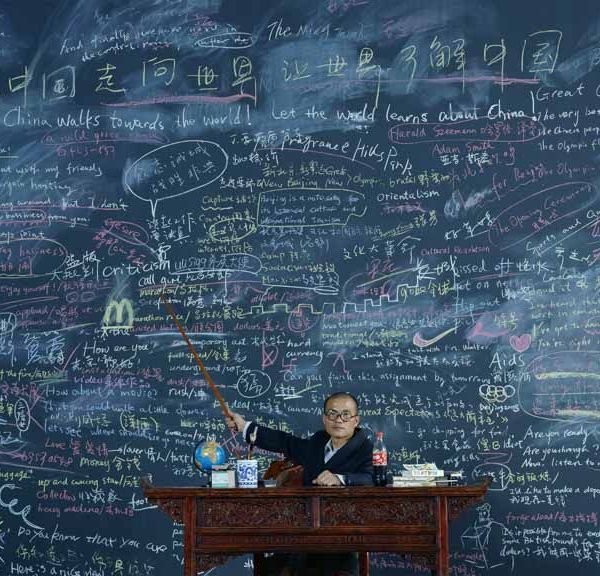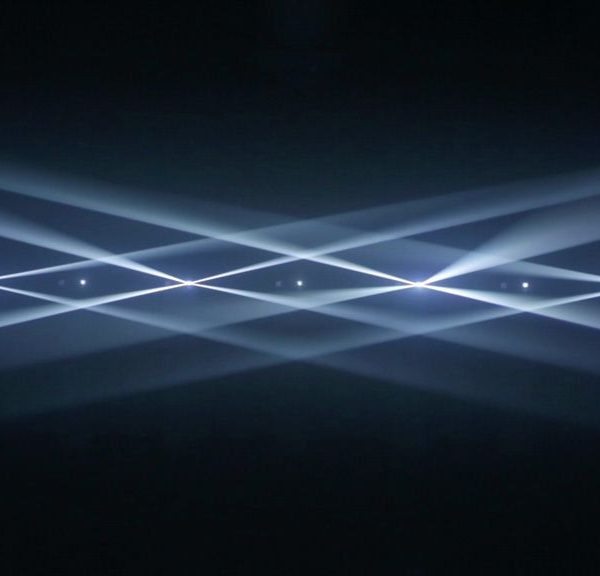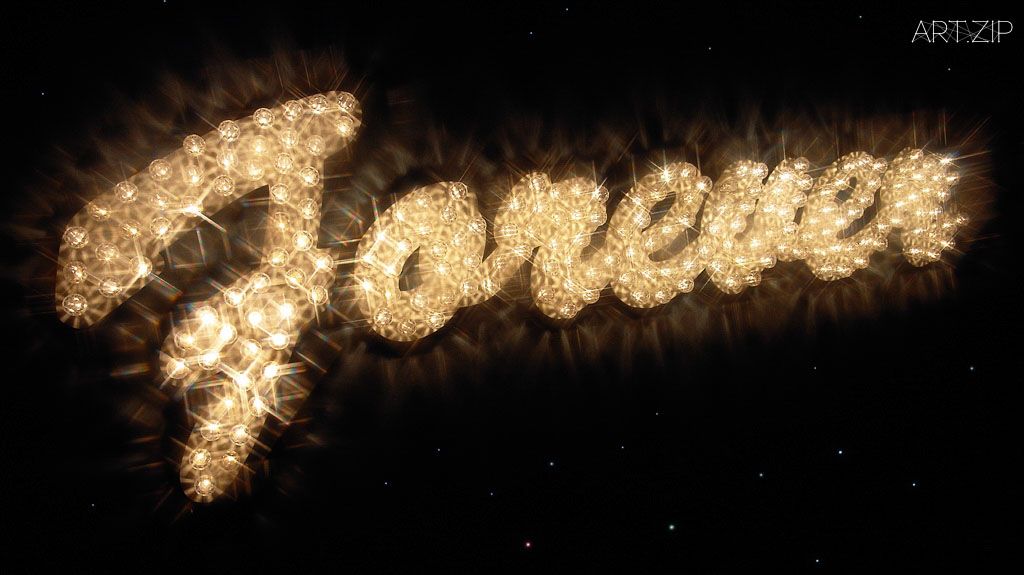
Text by 撰文 x Rajesh Punj
Translated 翻譯 x by Cai Sudong 蔡苏东
Edited by 編輯 x Michelle Yu 余小悅 Jesc Bunyard
The condition of being modern, of our living through modernity has been effectively harnessed by new technologies that predict precisely our thoughts as a set of rudimentary likes and dislikes, so that industry can more easily package all of our sensations back to us. As a consequence of such invasive innovation, we are able to be less active and more efficient in our unconscious search for the simple pleasures. The major industries have modernized and culture and creative aesthetics have come to bear a more sophisticated fruit. Animation, video, sound performance, light installations, and digital displays have become the major background for modern life. It allows non-physical forms, or virtual artworks, to effectively enter into the physical domain by communicating remotely by new devices. Art has replaced corporeal materials, (paints, wood, steel, plastics and the readymade), with the apparatus of a mechanical age, in order to better serve artificial endeavour.
Sedition is essentially a virtual platform for international artists creating visual art as audiovisual artifacts. Short animations, video and digital displays encompass a new element of the artist’s practice, and are available as animated editions for one’s laptop, smartphone, and iPad. Allowing an interactive audience the ability to acquire limited edition works by leading artists for the cost of one’s lunch, and the opportunity to create a digital collection as easily as messaging friends.
Where once art was distinguishable from music, and architecture was an industry entirely separate from design, now aesthetics, virtual and visual, are an amalgamation of ideas and industries that ceaselessly cross over one another. The machinery of the modern has only positively complicated matters further, by equipping aesthetics with the facility for new possibilities that are as responsive to the audience as they are to the artist. A sophisticated art engine that exists entirely in the virtual realm, Sedition is part of such an inclusive platform for video and animation. Sedition have introduced new art to a populous that indulge in the immediacy of new technologies; so that they can adorn our smart devices with an aesthetic skin. By positively mimicking the accessibility of music, Sedition’s initial attempt of introducing digital editions to audiences required them borrowing from the existing appeal for physical artworks, in order to operate dematerialised art as virtually viable. Moving forward in Sedition’s hands, art as an animated form has become an attractive, affordable product that is likely to become as integral to our lives through our smart devices, as our relationship to the art object in the public realm. Allowing for the virtual to become visual, Sedition sees new technology offering aesthetics a greater elasticity and mechanised emotional charge, which takes us all into the new age as agents of art; individually able to cultivate and curate our own cultures.
如何稱之為“現代”?“現代性”下我們的生活為哪般?新技術業已有效地掌控了這些問題的回答,它把我們的所思所想分門別類為幾種最基本的好惡,從而準確地作出預判,這樣一來,各種產業也可更輕松地把我們需要的所有感受打包交付給我們。這種極具侵略性的創新帶來的結果是,對於尋求簡單的享樂——這種不需要太多意識參與的過程,我們可以少費點功夫,多一點享受。而與許多大產業實現現代化同步的是,文化和創意美學也實現了更深刻的蛻變。
動畫、視頻、聲音表演、燈光裝置和數字顯示已經成為現代生活的重要背景。非實體形式、虛擬的藝術作品進入到實體領域,其效果如同我們使用新設備進行遠程交流一樣顯著。藝術也採納了數字形式,用機械時代的儀器取代了實質的材料(如顏料、木頭、鋼鐵、塑料以及其他現成的材料),從而更好地服務於“人造”領域的探索。
從介紹上看,Sedition從本質上是一個服務全球視覺藝術家的虛擬平臺,它囊括了許多藝術家創新實踐的動畫短片、視頻和数码作品等,同時,這些動畫版本的作品可以在個人筆記本電腦、智能手機和iPad上輕松獲得。觀眾可以以一頓午餐的價格就能獲得知名藝術家的限量作品,数码作品的收藏也變得和朋友發短信一般容易。
在以前,藝術和音樂之間的相異清晰可辨,建築行業與設計完全無關,而如今,不管是虛擬還是視覺美學,已經成了不同想法和不同行業互相交叉的集合體。現代工具讓這個局面更加復雜,它讓美學得以獲得新的可能性,而正是這種可能性才能迅速地同時回應藝術家及受眾的需求。作為一個完全存在於虛擬世界的精密藝術引擎,Sedition是一個兼收並蓄的視頻和動畫平臺。它推廣並革新了新藝術,讓大眾對新技術的直接易得性難以割舍;而它也可以用藝術的皮膚裝飾我們的智能設備。Sedition積極地仿效了音樂的獲取方式,作出了率先推廣數字藝術的嘗試,它借鑑實體藝術作品的現有魅力,並通過虛擬手段讓藝術“去物質化”,使之成為隨手可得的藝術。在Sedition的推動下,作為動畫形式的藝術成了一種讓人心動、價格合理的產品,並且通過智能設備成為我們日常生活必不可少的物品,正如在公共領域我們對於藝術物品有著不可或缺的需求一般。讓虛擬藝術視覺化,Sedition認為新技術給審美提供了更大的彈性,並注入了機械化的感情動力,讓我們進入到一個人人皆成藝術載體的新世紀,在這個時代裡,每個人都可以創造和策畫自己的藝術文化。
Interview with Rory Blain, Director of Sedition
ART.ZIP: For this interview it would prove very interesting if you could begin by talking about the birth of ‘Sedition’. What are the circumstances surroundings it conception, and of your understanding of ‘digital art’?
ART.ZIP:我們想請您來談談Sedition的誕生,以及您是如何理解“數字藝術”的。
RB: The idea, the birth, the genesis of Sedition if you like is actually quite an interesting story. We had the seeds and the conversation for it long before we were able to realise it. My brother who is the owner of the company, who also owns the gallery, ‘Blain Fine Art’ which became the ‘Haunch of Venison’, which is now ‘Blain Southern’, founded Sedition. The original conversation we had about an idea that he mentioned to me was many years ago, back when mobile phones were brand new. I don’t remember the year exactly, but I think it was somewhere in the region of 1999, 2000; it was that far back. It was about the idea of art for these kinds of screens and devices, which were gradually becoming more ubiquitous in people’s lives. That was something he had as a passionate possibility, way back when it was completely unrealisable at the time. The two drivers that made sedition possible from our vision were really ‘Internet bandwidth’, (or the ability to deliver much larger files and much broader reams of information online), and ‘screen resolution’. Initially none of the artists would want to have their works up on a screen, because it wouldn’t do justice to what they were trying to do. Both of those fields have advanced massively, and are still changing on a daily basis. So now the technology has gotten to the point where the artist really can realise what is in their mind’s eye, whether it’s on a screen, or as a projection, or some sort of digital or mono-media device. That has been the key driver for Sedition. The press at the time picked up on the word ‘democratisation’, which is something I dislike. Largely because it never felt to me that the art world needed democratizing, but I understand the impulse behind it. The idea was to make sure of the ability to collect, to buy, and if necessary to sell works, in order to patronise the artists you really love.
If you look back at (Vincent) Van Gogh and Doctor Gachet, these were people who were patronising artists at that time. We wanted to make sure that the everyman, the person that was going to the museum, going to the gallery and looking at these things could engage with those works; in the same way as the collector can. It is huge to take an interest in contemporary art, and not say the impressionists, or Old Master painting. It is massively rewarding, and personally a very exciting thing to see the greats of our generation. The (Claude) Monet’s and (Pablo) Picasso’s of today. You have a chance to interact with, engage with, to set up a dialogue with these artists, see their work, and sometimes even visit their studios, which is an enormous privilege.
RB:Sedition的理念和誕生確實有著一段有趣的故事。在還沒有現成技術支持的環境下我們就開始想像“Sedition”的概念了。我的兄弟Harry是公司老闆,擁有Blain Fine Art畫廊,後來改名為Haunch of Venison,再到如今的Blain Southern;是他創立了Sedition。還記得那是多年前的一次聊天,當時移動電話還是新奇玩意。我不大記得準確的是哪一年,大概是1999或者2000年前後吧,反正是很久以前的事情了。他談到了移動設備和屏幕藝術的可能性,那時手機在人們的生活中正漸漸普及。他充滿激情,認為這個方向有著可觀的前景,但那時候這些想法是完全不可能實現的。在我們看來,讓Sedition真正成為可能的是兩種技術的推動,第一種是“因特網帶寬” (或者說能夠在線傳輸大量文件和信息的能力)的普及,第二是屏幕分辨率的增強。一開始,沒有藝術家願意用屏幕呈現他們的作品,因為那樣沒有辦法充分展現他們的創作。帶寬和分辨率如今有了長足進步,而且仍然每天都在完善,這樣的技術變化使得藝術家能夠在屏幕、投影設備、或者其他數字或單一媒體上實現他們意欲表達的內容。這便是Sedition得以誕生的重要動力。媒體一度熱衷於“民主化”這個詞,我卻不喜歡這個詞。這很大程度上是因為我不覺得藝術世界需要民主化,但我理解這背後的推動力。它的觀點在於,讓人們有能力去收集、購買、甚至必要時出售作品,這樣便能更好地資助你喜歡的藝術家。
想想梵高和加謝醫生,那時候就是因為有資助人的支持下所以藝術家可以安心創作。我們希望每個去博物館,美術館看展覽的觀眾都能像藏家一樣與這些作品發生聯繫。我們沒法與古典大師、印象派大師發生面對面的互動,但是我們能夠把握我們自己的時代的“莫奈”和“畢加索”,不是更值得珍惜嗎?我們可以跟他們互動,對話,參觀他們的作品,有時候還能去參觀他們的工作室。這不是很大的榮耀嗎?
ART.ZIP: In order to define the collected works that come under the Sedition umbrella, in terms of their label, are they digital works, or animated artworks in their broadest sense?
ART.ZIP: 要定義Sedition名下的合集作品,如果要給它們貼標簽的話,它們是歸屬數字作品,還是廣義上的動畫藝術作品呢?
RB: Definitions are interesting. I find that whole field very fascinating. It is a very natural instinct to pigeonhole, to categorise, to identify, separate and organise. It is obviously how we make sense of the world, but at the same time that impulse can be slightly restrictive. When we first started Sedition there was a great deal of talk about ‘digital art’, ‘digital editions’ and ‘digital media’. Obviously that makes sense because a limited edition in digital media is ultimately what Sedition is offering. Now we talk less and less about digital art and digital artists, because ultimately it is not really helpful. The artists don’t see themselves as digital artists, nor do they see themselves as any other particular kind of artist; they see themselves as artists. With one or two exceptions most of them do not wish to be restricted by what they can do. By trying to say ‘you are a digital artist’ doesn’t really make any sense.
RB:定義是件有趣的事。我覺得這整個領域都挺有意思的。我們很自然地會去歸類、識別、分離和組織事物,很明顯這是我們理解世界的方法。但同時這種做法卻可能有其局限性。當我們開始創辦Sedition時,我們總是會討論“數字藝術”、“數字版本”和“數字媒體”這樣的概念。這種討論是有道理的,因為很明顯的,我們歸根結底從事的便是數字媒體中的限定版本。但現在我們對數字藝術和數字藝術家這種概念的討論越來越少,因為這種討論實際上並沒有什麽幫助。藝術家不把自己看作是數字藝術家,他們也不把自己看作是其他特別類型的藝術家;他們認為自己就是單純的藝術家。除了有一兩個意外,大多數藝術家並不願意被他們能夠從事的東西所局限。單單去說“你是一個數字藝術家”並沒有多大實在的意義。
ART.ZIP: So for artists, they wouldn’t wish to be defined by one medium or method?
ART.ZIP: 所以,對於藝術家而言,他們並不願意被一種媒介或方法所定義?
RB: They do not wish to say they are producing works in one particular medium. One or two artists do do that, but the majority don’t. Even the meaning of digital is fluid, to put it mildly. Where does digital begin and end? If you take an artist’s work and then photographs of that work are transmitted to a potential buyer or client as a JPEG, is it digital? The actual artwork isn’t, but the communication of the image and the use of another medium to the end buyer are potentially digital.
Thus it is not necessarily a helpful term. It proves useful in how things are displayed, or the angle by which you may choose to approach something. In terms of understanding the art and enjoying, engaging with and viewing the work, it becomes less and less relevant. The key thing is whether or not you like the artwork or the artist, and the ideas that they are communicating.
RB:他們不願意說他們用某種特定的媒介創作作品。有一兩個藝術家願意這麽說,但大多數不願意。正如我之前說的,甚至“數字”的意義都是變動的,這麽說還是比較委婉的。“數字”起於何時?歸於何處?如果藝術家的作品被復印,然後用JPEG格式轉送到某個潛在的買家或客戶手裡,這算是“數字”嗎?實際上作品本身並不是,但是影像的交流,用另一種媒介把作品傳到終端買家手中的手段卻可能是數字的。所以“數字”這個提法不一定有幫助。在描述事物如何展示,或者你選擇從哪個角度接觸事物這個意義上,它或許有用;但在理解藝術,享受、深入和欣賞作品這個意義上,它變得越來越無足重輕。重要的是,你是否喜歡作品和藝術家,以及這二者傳達的東西。
ART.ZIP: So by removing such definitions, the works and their artists have greater plasticity?
ART.ZIP: 所以,拋開了定義,作品和藝術家的可塑性就越高?
RB: I think so, absolutely. I suspect, and I don’t have any data to back this up, the broader audience does that already. It is usually the art world professionals, the curators and organisers, the people who work with art on a daily basis, appear to have more of a need to separate things into various areas. Whereas, if you go to the average museum and see a visitor, they are not necessarily thinking: ‘I am going to see a digital artist’, or that they are going to see a ‘videographer’. They go to see some art, and that is very much how Sedition likes to approach it. We are a portal to the art world. We sell limited editions in digital format, but we offer you access to a much wider world than that; Museum entries and special exhibitions, chances to read artist’s interviews, see works from their studio, a look behind the scenes of their creative process, notifications of other things that are happening in the artist’s world, both physical and online. So once you are in the Sedition universe that becomes a portal to the art world as a whole. It doesn’t pigeonhole you just to the digital sphere.
RB:我覺得完全沒錯。我沒有數據來支撐這個觀點,我也不認為有這樣的數據,但我認為眾多的受眾已經證明了這個觀點。往往是藝術世界的專業人士、策展人和組織者、每天和藝術打交道的人才會更需要分門別類。但是你如果去博物館看看一般的參觀者,他們不一定會想著“我要去看看數字藝術家”還是“攝影師”,他們就是去看藝術的。這就是Sedition看待這個問題的方式,我們是進入藝術世界的入口。我們出售數字格式的限量作品,但我們給你提供的是一個進入更廣闊天地的入口,比如說去到博物館或其他特別的展覽。我們讓大家有機會閱讀藝術家訪談,去到藝術家的工作室觀看作品,也可以看看藝術家創作場景背後不為人知的事情。也可以被告知藝術家進行實體或者在線創作的現狀。因而,只要你身處Sedition的空間中,就會獲得進入整體藝術世界的通路。它並沒有局限在數字的圈子裡。
ART.ZIP: So the individual works act as points of entry into the arts.
ART.ZIP: 因此每個個人作品就是進入藝術的入口。
RB: That is exactly it, exactly that. It is an entry point, a portal into a much wider world; the art world. I certainly wouldn’t wish to restrict anyone to a particular segment of it.
RB:正是如此。作品通往藝術世界的入口,讓我們進入更廣闊的世界。因此我當然不希望為誰畫地為牢。
ART.ZIP: Is what you have done is a ‘revolution’ of sorts? When we are so used to the territorial determinism of who is owned by whom; gallerist, dealers, collectors, all pulling at the artists’ shoestrings. Are you consciously allowing them to be creative without burdening them with politics?
ART.ZIP: 你們所做的這些算不算某種“革命”?我們已經習慣了領地決定主義——誰為誰所擁有;畫廊經營者、藝術經銷商、收藏者都對藝術家指手畫腳。你是否有意識地卸除藝術家的政治負擔,準許他們自由創作?
RB: It is slightly revolutionary I think. But we probably can’t take credit for that in the way that is sounds, because ultimately that revolution was driven by the Internet as a whole. People have become far more used to the ability of having access to everything everywhere. Actually one of the resistances we came up against initially was very much from the younger generation, from whom the perception was that anything online should be free. So for some people, it was a question of ‘why should I pay for this, it is online?’ Now people, the audience, are becoming far more understanding of the fact that an artist’s work is an artist’s work. The online sphere is becoming far more entrenched, and far more policed in many ways. I suppose it is a good and a bad thing.
It is good to have the freedom there, but at the same time you don’t wish to have the Internet act as the Wild West. It should still be structured enough that you can put your works out and run your business. So essentially you conduct what you want to do online as you would in the real world, or physical world as well.
RB:我認為這是有點革命意味的。但這不是我們的功勞,因為說到底因特網作為一個整體才是革命的發起者。人們現在愈發有能力從任何地方獲得任何事物。實際上我們一開始面對的阻力之一,便是來自於年輕一代。在他們看來,線上的東西都應該是免費的。對一些人而言,他們的問題是“我為什麽要為此付費?這可是線上的東西”如今的人們、受眾越來越了解到,藝術家的作品就是藝術家的勞動。你碰巧在線上或者通過其他渠道消費了它,但這並不意味著你可以帶走它。因此Spotify、其他付費音樂流媒體與免費媒體的媒體之爭及其他相關事件才會被廣為報導。藝術界也正在密切地關註此類事件,雖然這並非發生在我們的領域,但它同樣對我們有影響。藝術家們創造了作品,他們有被付款和被尊重的權利。我想人們現在越來越能夠接受這個觀點了。線上環境正在以各種方式變得更加穩固和規範。我覺得目前的網絡環境好壞兼半。享有自由是好事,但同時你又不想讓因特網成為法外之地。網絡環境構建還需加強,讓我們能夠在上面置放我們的作品和經營我們的業務。這樣,你就能像在真實、實體世界中一樣在線上做你想做的事情。
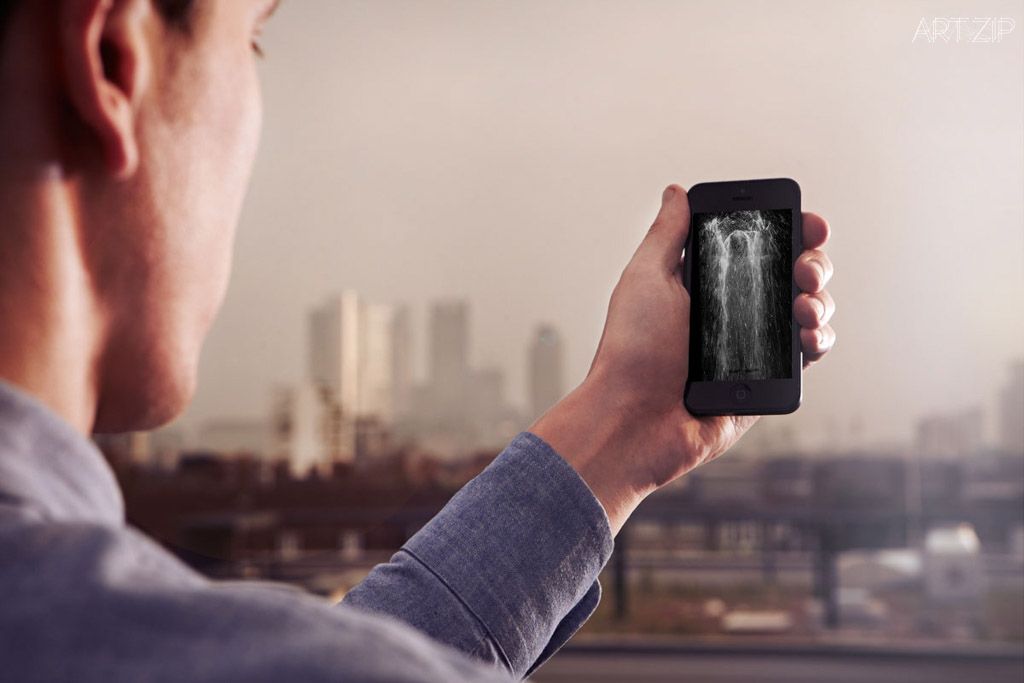
Bill Viola, A Phrase From Chris (2011), digital limited edition displayed on an iPhone, courtesy of www.seditionart.com
Find out more

